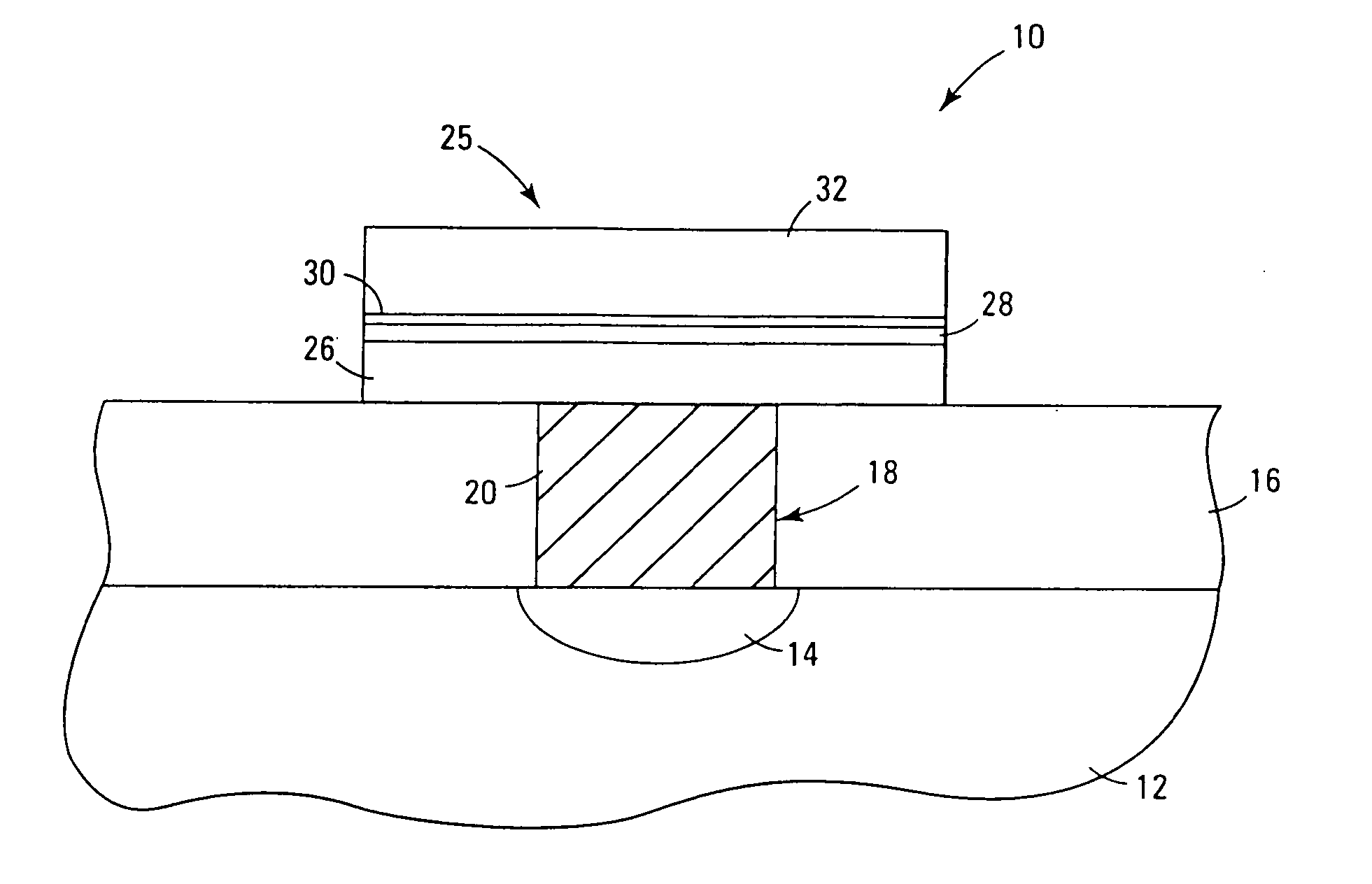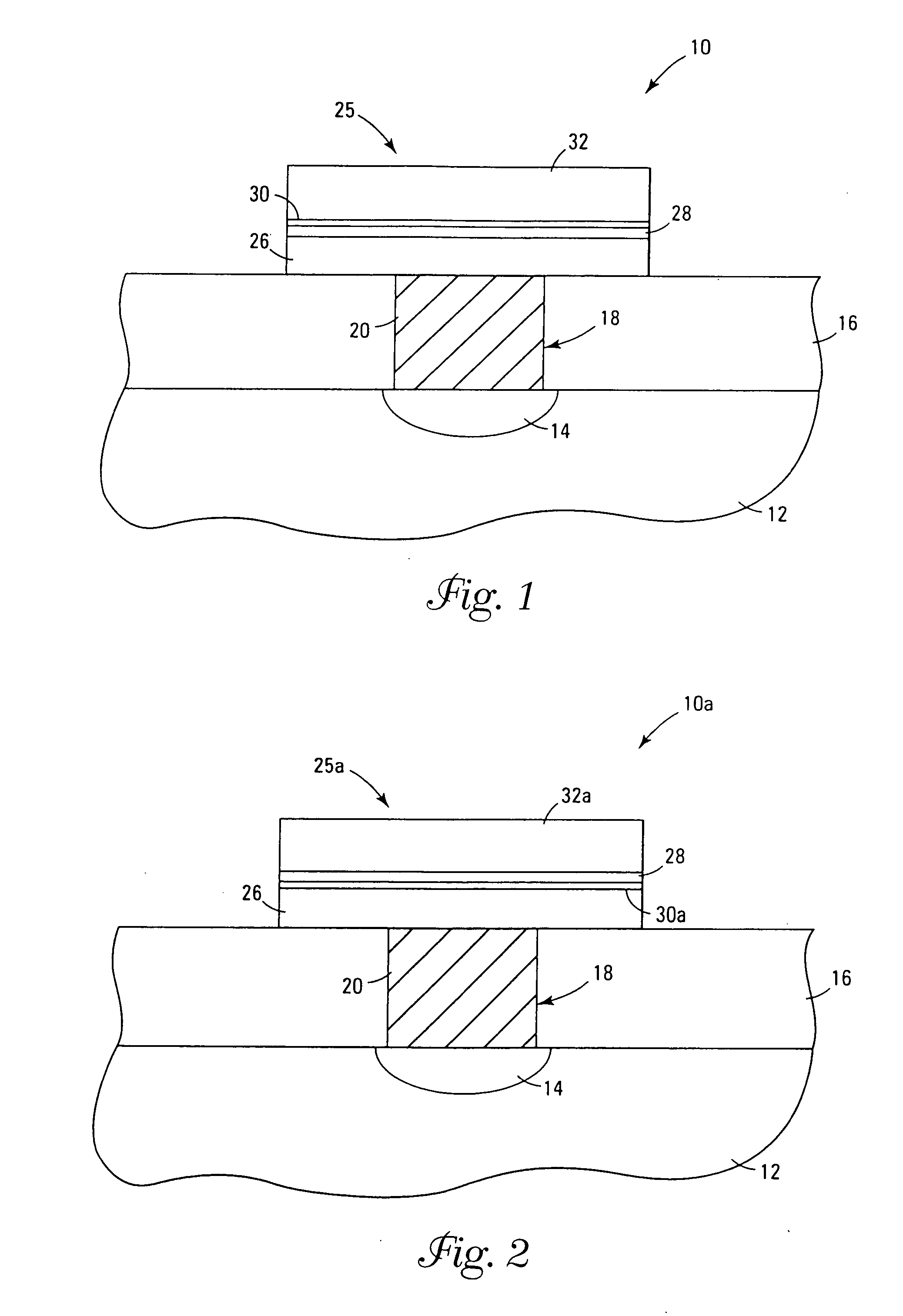Systems and methods for forming metal oxides using metal compounds containing aminosilane ligands
a technology of metal oxides and metal compounds, which is applied in the direction of coatings, capacitors, chemical vapor deposition coatings, etc., can solve the problems of reducing the effective performance of the layer as an insulator, and the performance limits of traditional integrated circuit technology, so as to minimize the detrimental gas phase reaction and improve the control of the thickness of the layer
- Summary
- Abstract
- Description
- Claims
- Application Information
AI Technical Summary
Benefits of technology
Problems solved by technology
Method used
Image
Examples
example
Example 1
Deposition of Y2O3 by Atomic Layer Deposition
[0070] A Y2O3 film was deposited on a 100 nm PVD Pt bottom electrode by ALD using alternate pulses of Y[N(tBu)Si(H)(Me)2]3 and water; at a substrate temperature of 298° C. A 1000 Å film resulted from 750 cycles. Each cycle consisted of a 1 s yttrium dose, 5 s vacuum pump, 0.75 s water dose, is argon purge, 5 s vacuum pump. A flat capacitor test structure of sputtered Pt top electrodes on top of the Y2O3 was used to measure the electrical data. Several of the capacitors had measured dielectric constants near 30 (0.1-100 kHz) and leakage between 10−7 and 10−8 A / cm2 at 1 V after 700° C. RTO. XPS analysis revealed that carbon was below detection limits after the oxidation anneal but 16 atom % Si remained in the Y2O3 layer.
PUM
| Property | Measurement | Unit |
|---|---|---|
| thickness | aaaaa | aaaaa |
| adsorption energies | aaaaa | aaaaa |
| pressure | aaaaa | aaaaa |
Abstract
Description
Claims
Application Information
 Login to View More
Login to View More - R&D
- Intellectual Property
- Life Sciences
- Materials
- Tech Scout
- Unparalleled Data Quality
- Higher Quality Content
- 60% Fewer Hallucinations
Browse by: Latest US Patents, China's latest patents, Technical Efficacy Thesaurus, Application Domain, Technology Topic, Popular Technical Reports.
© 2025 PatSnap. All rights reserved.Legal|Privacy policy|Modern Slavery Act Transparency Statement|Sitemap|About US| Contact US: help@patsnap.com



